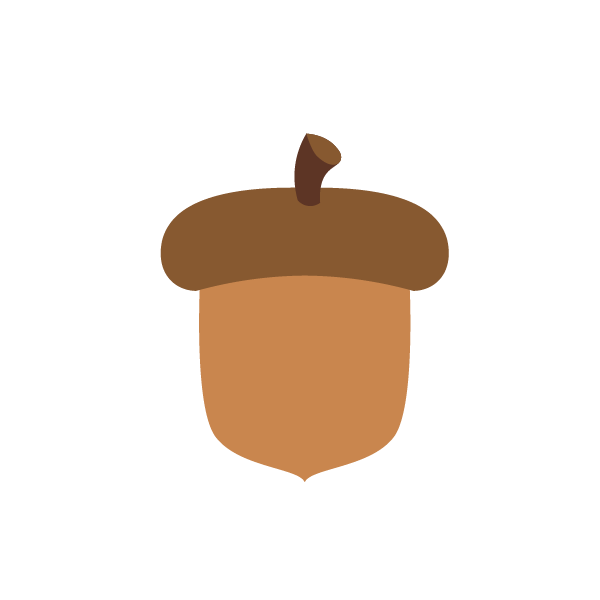Vegetation
Vegetation is the plant life of a particular area, especially the naturally occurring plants. The term can refer to the ground cover of an area, or the plant life of a particular habitat. A vegetation type is a group of plant species within an area that all share a similar appearance.
What is vegetation?
Vegetation is a term used to describe all the plant life in a particular area. This can include trees, bushes, grasses, and flowers. All these plants have something in common: they are all alive and need sunlight and water to grow.
The importance of vegetation
Vegetation is important for many reasons. It helps to regulate the Earth's temperature, provides food and shelter for animals, and helps to purify the air. Plants also produce oxygen, which is necessary for all living things to breathe.
The types of vegetation
There are many different types of vegetation. The three main types are trees, shrubs, and herbs. Trees are the largest type of vegetation. They can grow to be over 100 feet tall. Shrubs are smaller than trees. They usually grow to be about 6 feet tall. Herbs are the smallest type of vegetation. They usually only grow to be about 2 feet tall.
The benefits of vegetation
Vegetation provides many benefits to the environment. They help to regulate the temperature, produce oxygen, and provide food and shelter for animals. They also help to prevent soil erosion and can be used to produce energy.
